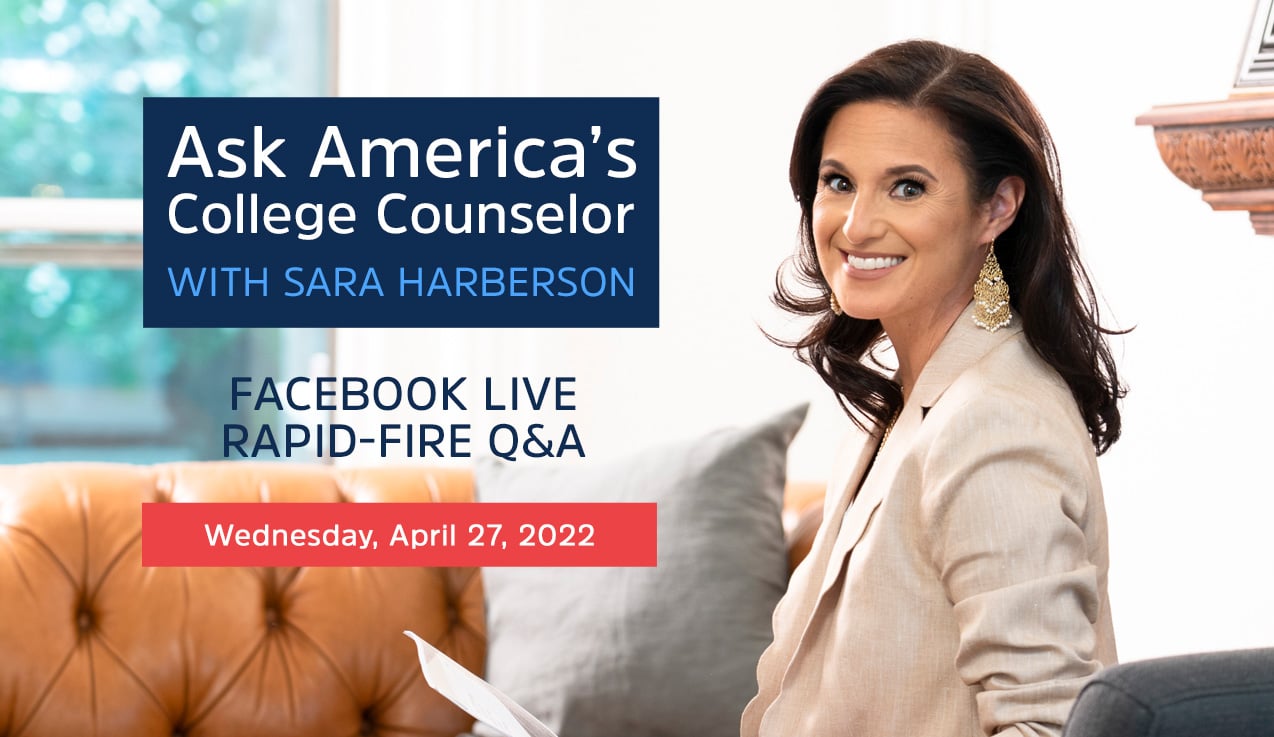I get asked a lot about trends and what I'm seeing firsthand among my Application Nation community. We have almost every state in the country represented in the group and our students are applying to every type of college, from the Ivy League, to service academies, to honors programs at large universities, to two-year programs.
I get to see everything, which is eye-opening compared to when I worked as a school counselor and was only privy to the students' experiences at the high school where I worked. And even when I worked on the college side of this process, I only could see what was going on at that one college. Seeing a range of students apply to such diverse colleges allows me to view this process on a greater scale.
I hear from families with multiple children that the process feels like it changes every year. That is true in some respects, but there are signals each year that can guide families going through the process in the future. So if you are a student or parent of a child in the class of 2023, 2024, or even 2025, here are the things to pay attention to:
- Because students are applying to more colleges than ever before, applicant pools are surging, making it harder to get admitted to the more popular colleges. This means that a college that might have been a "target" college could become a "reach" college for a student in just one year. University of Tampa's acceptance rate in 2021 was 48.7%; this year the acceptance rate was 27%.
- Just because other students are applying to a lot of colleges doesn't mean you have to. Applying to 15-20 colleges or more will literally drain you and take time away from school work and the things that are meaningful to you.
RELATED READING: Don't Make This Mistake With Your College List
- Apply to an equal number of reach, target, and likely colleges in order to get acceptances. That's the point of applying to college: to get accepted! If you want to know how to figure out what your reach, target, and likely colleges are, read my book Soundbite or join Application Nation!
- Utilize your "early" options by applying to at least one Rolling Admissions program early in senior year (September!). University of Pittsburgh is my favorite Rolling Admissions school. But their applicant pool nearly doubled its size in one year! Those who applied later in the school year were less likely to get admitted even if they were highly qualified.
- Early Action programs are hugely popular because they allow a student to find out "earlier" about their admissions decision and they are non-binding. However, these programs don't typically give a student an edge. In fact, they are becoming ridiculously competitive. More colleges are waiting until after Regular Decision deadlines pass before releasing Early Action decisions, which means it is often too late to significantly adjust a college list if a student does not get admitted during the Early Action round.
- Early Decision programs are becoming more popular as well, even Early Decision 2 programs which are sometimes offered at certain colleges. Because these programs are binding, acceptance rates are higher than a college's Regular Decision round. But don't be fooled. Students need to be objectively competitive to have a shot.
- The majority of colleges that adopted a test-optional policy during the pandemic continue to be test-optional.
- Average SAT and ACT scores are on the rise in this test-optional frenzy. Because students can choose whether or not to report their test scores, many are only reporting them if they are strong. This leads to higher test score averages for the admitted pool of students. High test scores are bragging rights for most colleges.
- Business programs are exceedingly popular, especially among "majority" (white or Asian) male students. If you fit this description, make sure you don't overshoot with your college list. You should be a lot more conservative with the colleges you apply to.
READ MORE: 10 Things to Know If You Want to Major in Business
- Doing research in high school is not a silver bullet. The dean of admissions at the University of Pennsylvania recently boasted that almost 1/3 of the admitted students this year conducted research. When a student reads that, they assume they need to do research. But, in fact, when students do what no one else is doing, they experience far greater results.
- There is an increase in the number of students taking a gap year between high school and college. The percentage is not as high as it was at the height of the pandemic, but it is still higher than pre-pandemic numbers. Colleges have to reduce the number of students they accept to make room for those gap year students from the year before.
- Overcrowded dorms and over-enrollment are commonplace. While this has exacerbated the housing shortages on campuses and led to even lower acceptance rates, colleges are raking in money from this windfall. Northeastern University's acceptance rate this year was 6.7% due to over-enrollment in prior years.
- Several elite colleges are no longer publishing acceptance rates and admissions data like average SAT/ACT scores. Penn, Cornell, and Princeton no longer provide this information. Not knowing how selective these schools are or even how high their SAT/ACT scores are among their admitted pool of students can lead even more students to apply.











